On June 26, 1968, pope Paul VI made a dramatic announcement that put the Catholic Church back in the headlines for reasons other than its stance on women, abortion or contraception.
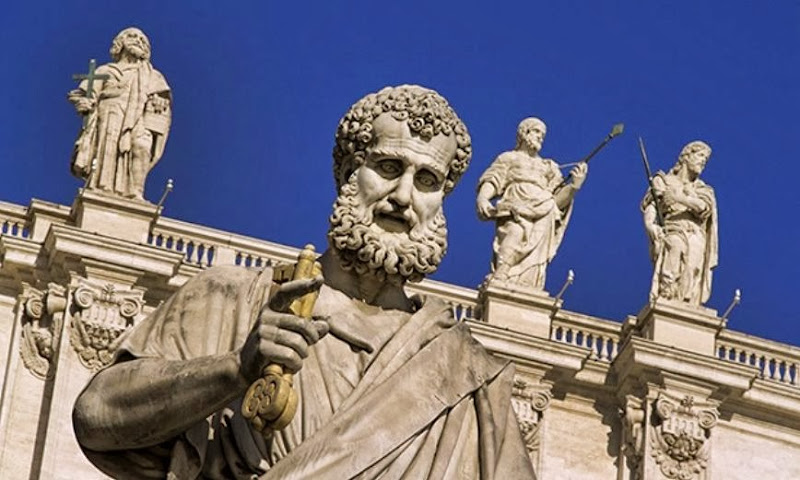
On Sunday, for the first time in nearly two millennia, fragments of those bones are to be displayed in public as part of celebrations to mark the end of the Year of Faith, an initiative launched by Pope Benedict.
Held in an urn usually kept in a private papal chapel, they will be presented for public veneration in St Peter’s Square at a Mass celebrated by Pope Francis. But the decision to exhibit the relics is not without controversy. No pontiff has ever said the bones are without doubt those of St Peter and some archaeologists are fairly sure they are not.
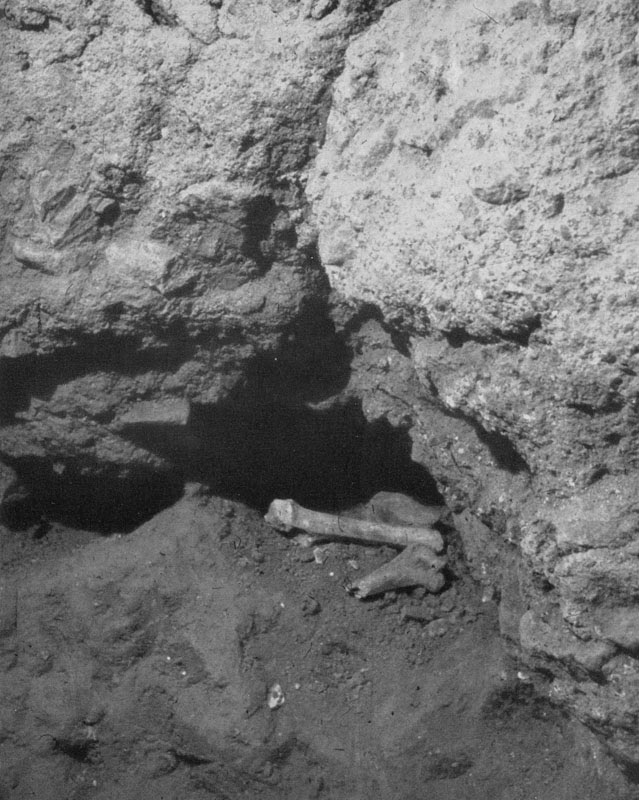
found by the Vatican in 1942 [Credit: Fabbrica di San Pietro]
On Monday, Monsignor Rino Fisichella, president of the pontifical council for the promotion of the new evangelisation, said he had no qualms about thrusting the relics back into the spotlight.
“We did not want to, and have no intention, of opening up any argument,” said Fisichella, who in a carefully worded article for the semi-official Vatican newspaper L’Osservatore Romano last week described the relics as those “recognised by tradition” as St Peter’s.
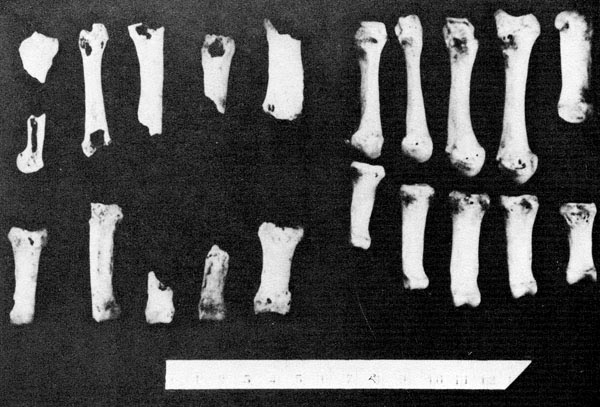
by Catholics [Credit: Fabbrica di San Pietro]
Fisichella also said that “the symbolic value” of the bones – their “underlying theological value” – was hugely important. Regardless of what scientific testing might throw up in the future, he said, Christians would carry on venerating the remains and praying at the tomb of Saint Peter.
The story of how the bones came to be proclaimed Peter’s dates back to 1939, when Pius XII ordered an excavation of the area below St Peter’s Basilica.
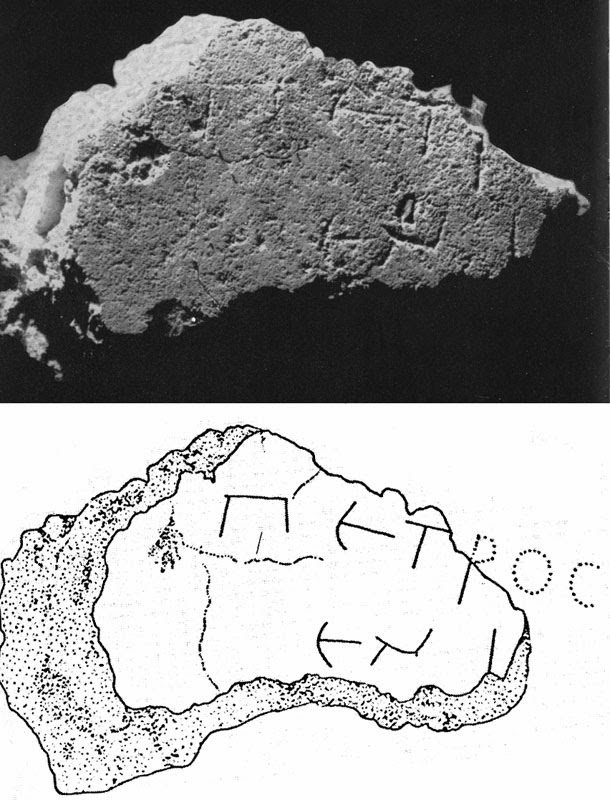
repository [Credit: Fabbrica di San Pietro]
But despite the discovery of human bones, the pope was forced to admit that his team had not been able to prove that they were those of the apostle Peter.
Years later, archaeologist Margherita Guarducci, the first woman to lead excavations of the Vatican, became convinced the bones were indeed those of Saint Peter. She convinced Paul VI to commission tests and these revealed they belonged to a robust man who died approximately in his 60s.
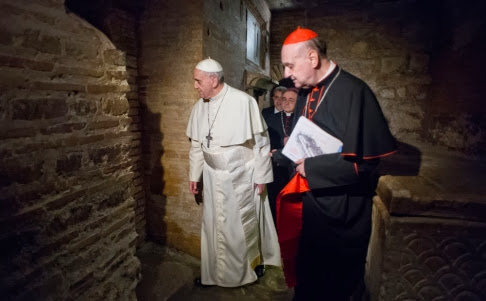
St Peter is believed to be buried [Credit: AP]
Editor's Note
In 1953, two Franciscan monks discovered hundreds of first century ossuaries stored in a cave on the Mount of Olives near Jerusalem. The archaeologists claimed to have discovered the earliest physical evidence of a Christian community in Jerusalem, including some very familiar Biblical names.
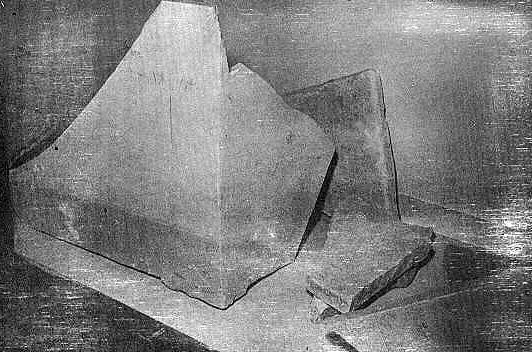

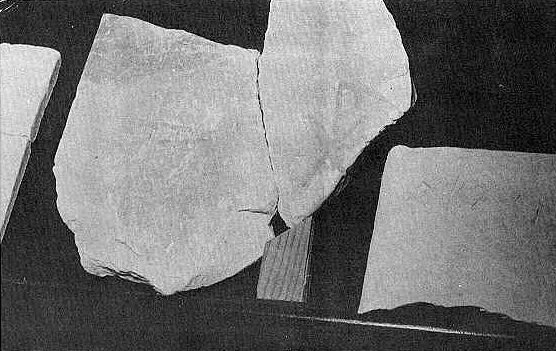
Source: South China Morning Post [November 20, 2013]
VIA «Vatican to display bones claimed to be those of Saint Peter»